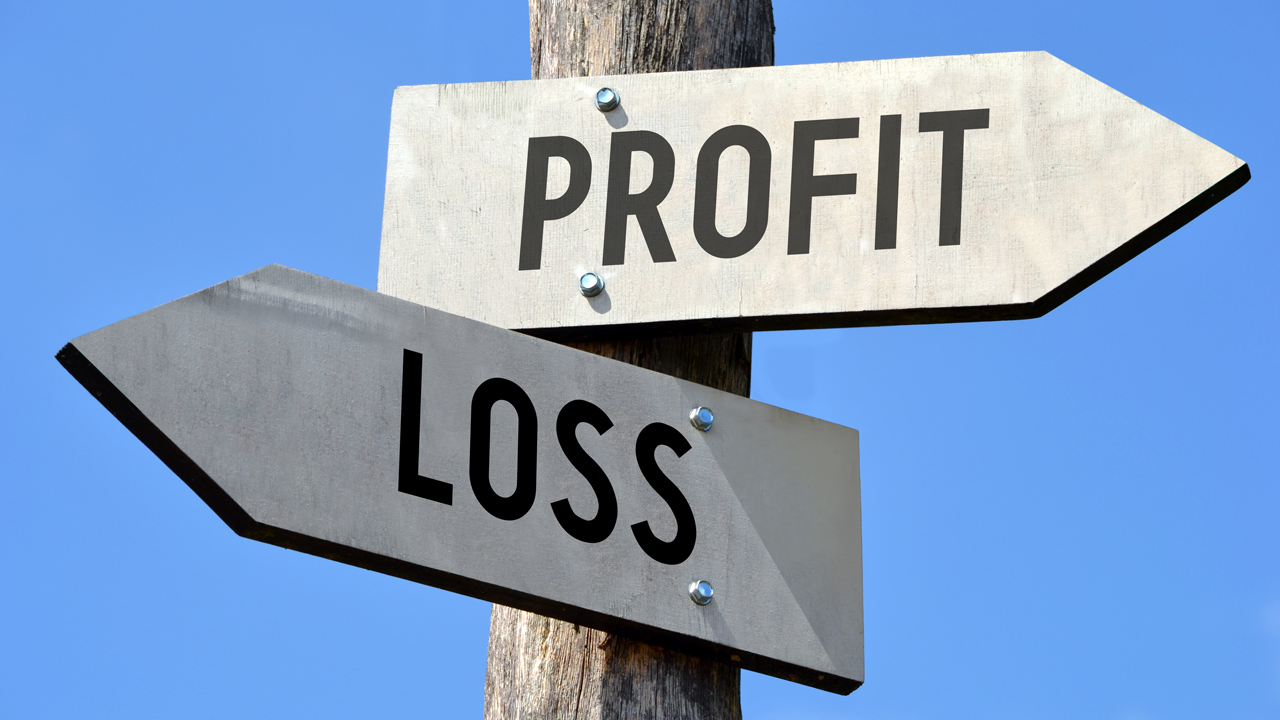
Ruth King
Contributing Writer
Profitability Revolution Paradigm
Imagine what would happen to your company’s profits if you increased the revenues on each service ticket by just $10 per ticket. The technician is already there. Most of that $10 will fall to the bottom line. If you generate 1,000 service tickets per year, that is almost $10,000 extra to your bottom line.
Sure, you can increase your hourly rate. However, by educating your customers it is possible to increase revenues per service ticket without increasing your hourly rate.
There are two major ways to do this. First, service ticket revenues are dependent on how well you train your service technicians. They are your eyes and ears. Teach them that it is their responsibility to do what is good for the customer. And, that means keeping his/her eyes open to what is going on in the customer’s environment. They must ask questions that affect a customer’s home comfort. They must take the time to diagnose and perform a thorough check up of a customer’s heating and air conditioning system.
Don’t increase revenues by having your technicians change parts that don’t need to be changed or charging the customer for things they don’t really need. The technician’s job is to educate the customer and bring up things that can potentially cause problems in the future…preventive maintenance. This is a legitimate way to increase revenues since you are adding value to your service.
Sometimes the best way to educate is by showing the customer what a technician is talking about. Bringing the customer to see a dirty filter, a dirty blower wheel, etc. can instantly make her understand that her family is breathing the dirt and it is in her best interest to clean the system.
One of the greatest losses of profit is when a customer only pays a service call charge. In most cases, there is a problem with the technician. Either the customer didn’t trust the technician or he didn’t do a thorough diagnostic of the system.
If a breaker tripped, find out why the breaker tripped. Fix the disease rather than the symptom of the disease.
Write everything down. Technicians will find dirty systems, out of balance blower wheels, worn bearings, leaks, etc. Bring these to the attention of the customer and quote the repair. If your company has a flat rate system, all the technician has to do is look in the book. If not, then there will be some estimating and math that the technician or someone in the office must do.
When you quote the repair, many times the customer will say yes. That’s additional revenue on the same service ticket. If the customer says no, then you have potential work to do in slower times of the year. Either way, you’ve educated the customer and she has made an informed decision. Most of the time the customer will do things in her best interest, and yours.
The second major way to increase service ticket revenues are to ensure that the customer is paying for everything that you use on her job. If your company uses flat rate pricing make sure charges for rags, hand cleaner, wire nuts, and other miscellaneous materials are included in the pricing. If they aren’t, then it is appropriate to add a few dollars to each flat rate price or have a shop materials or truck expense charge added to the service ticket. To determine what your truck charges should be first decide what you consider miscellaneous expenses. They might include rags, hand cleaner, batteries, screws, oil, duct tape, electrical tape, silicone, and other items that you use on a customer’s job that are not itemized. Total the amount that you spend on these items in one year.
Then divide the total miscellaneous expenses by the number of service tickets in one year. This gives you the charge you should add to each service ticket or flat rate price. The charge usually is between $3 and $5.
You can increase your service ticket revenues simply by educating the customer to make informed choices and charging for everything your technicians use on a customer’s job. These activities are in the best interest of your customer, your technicians, and your company.

